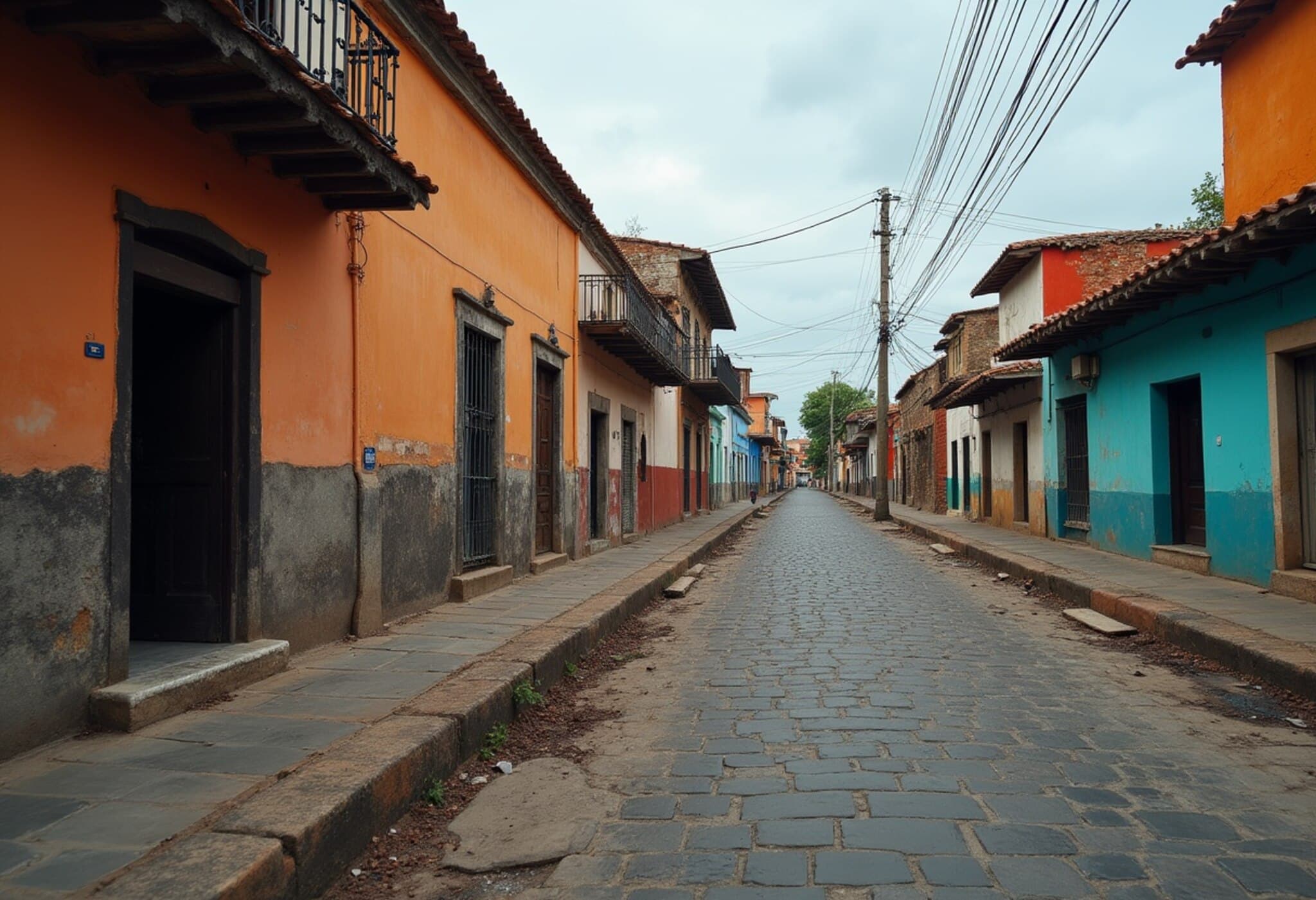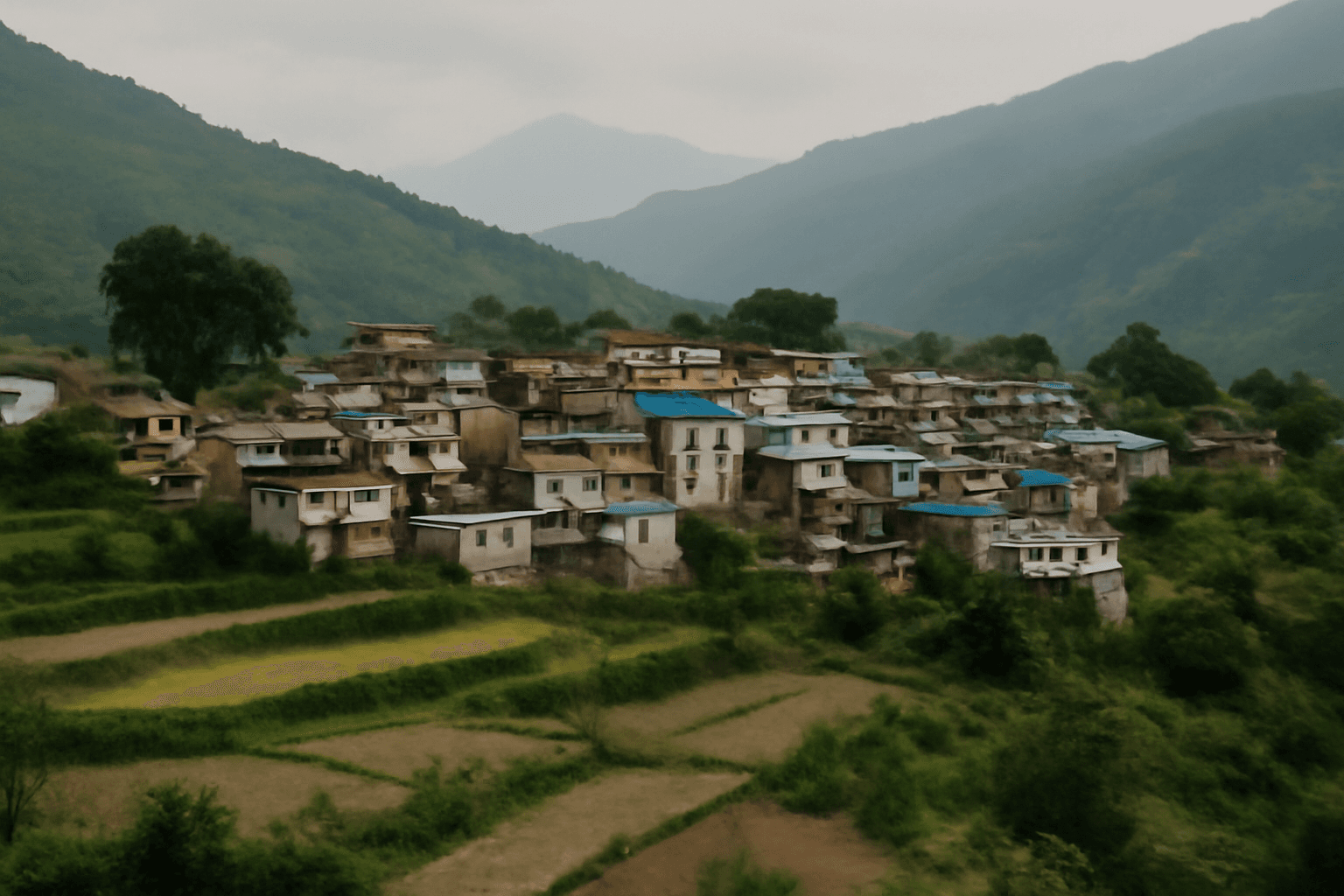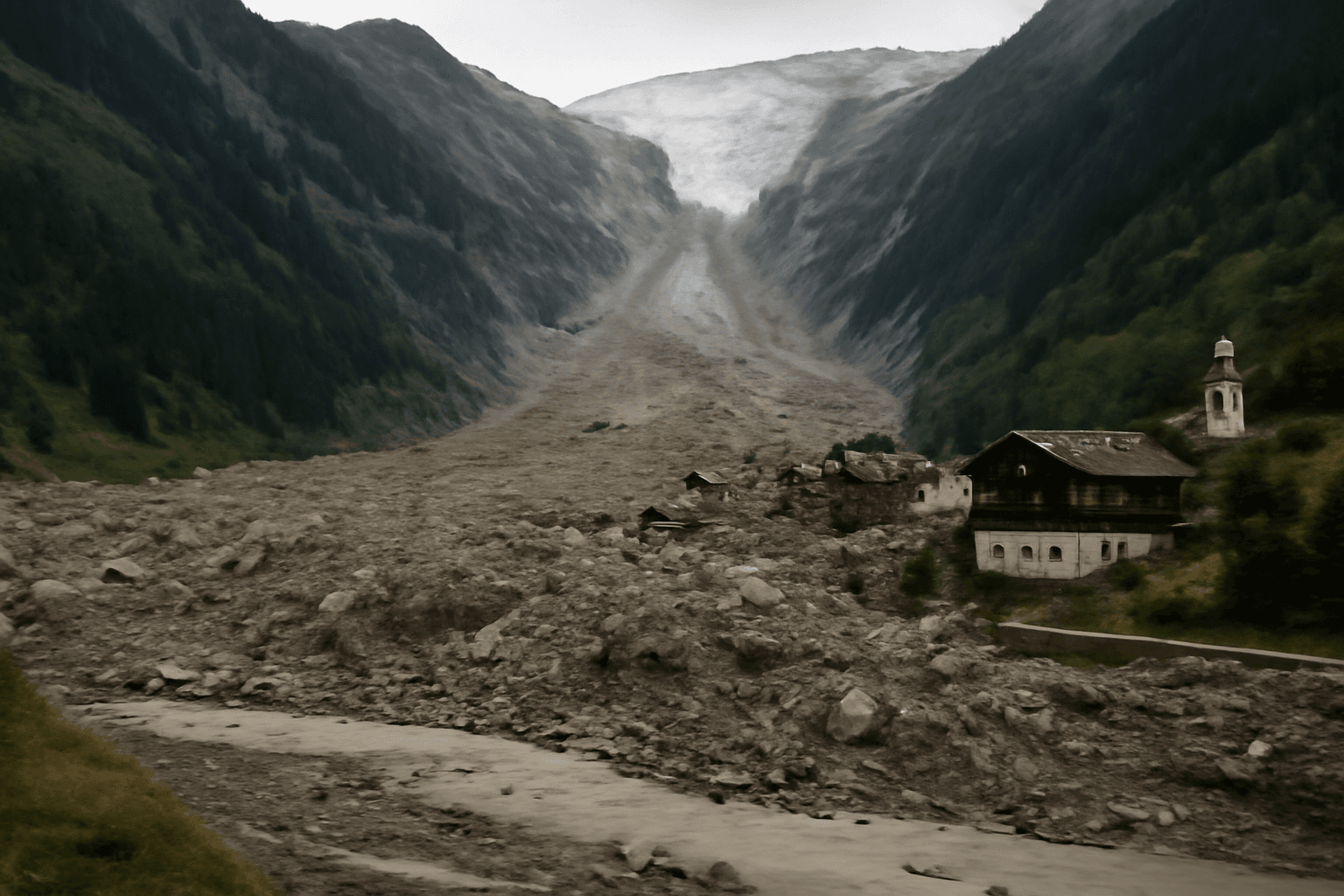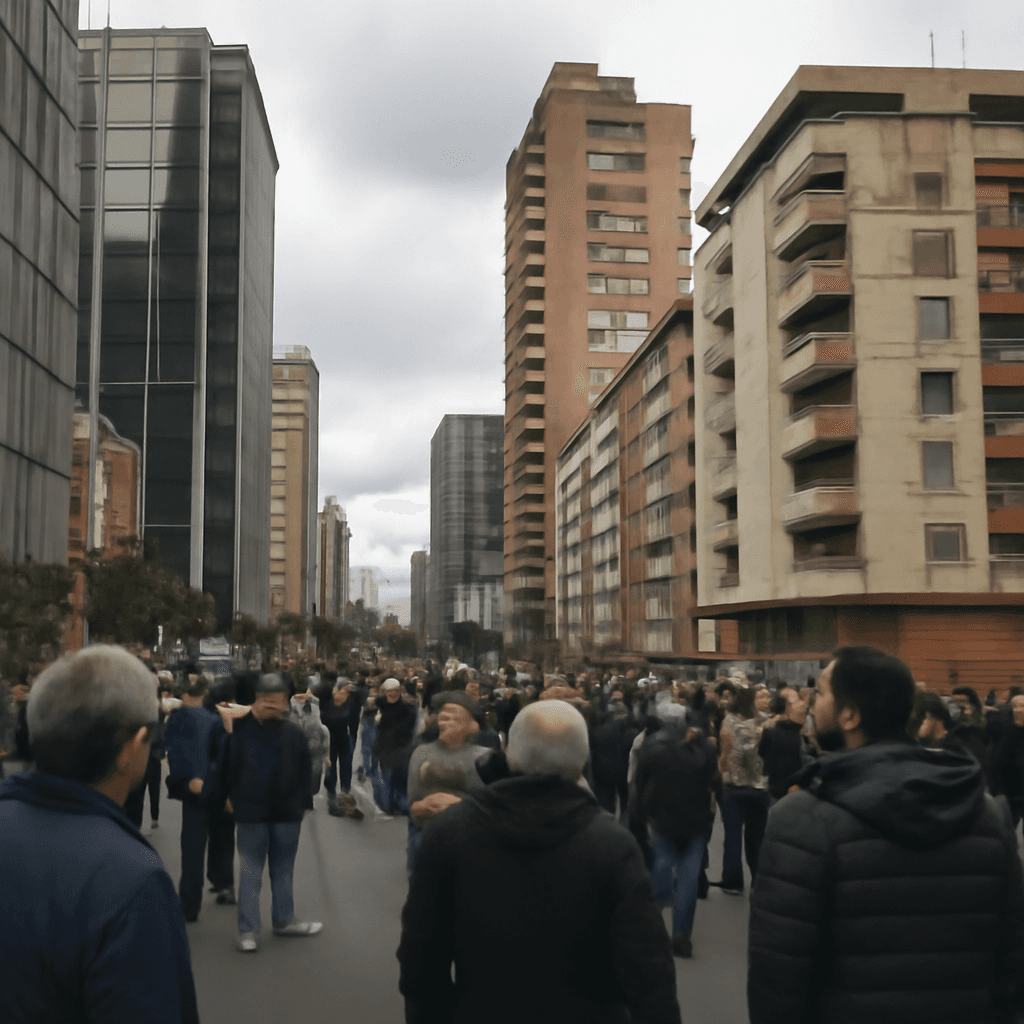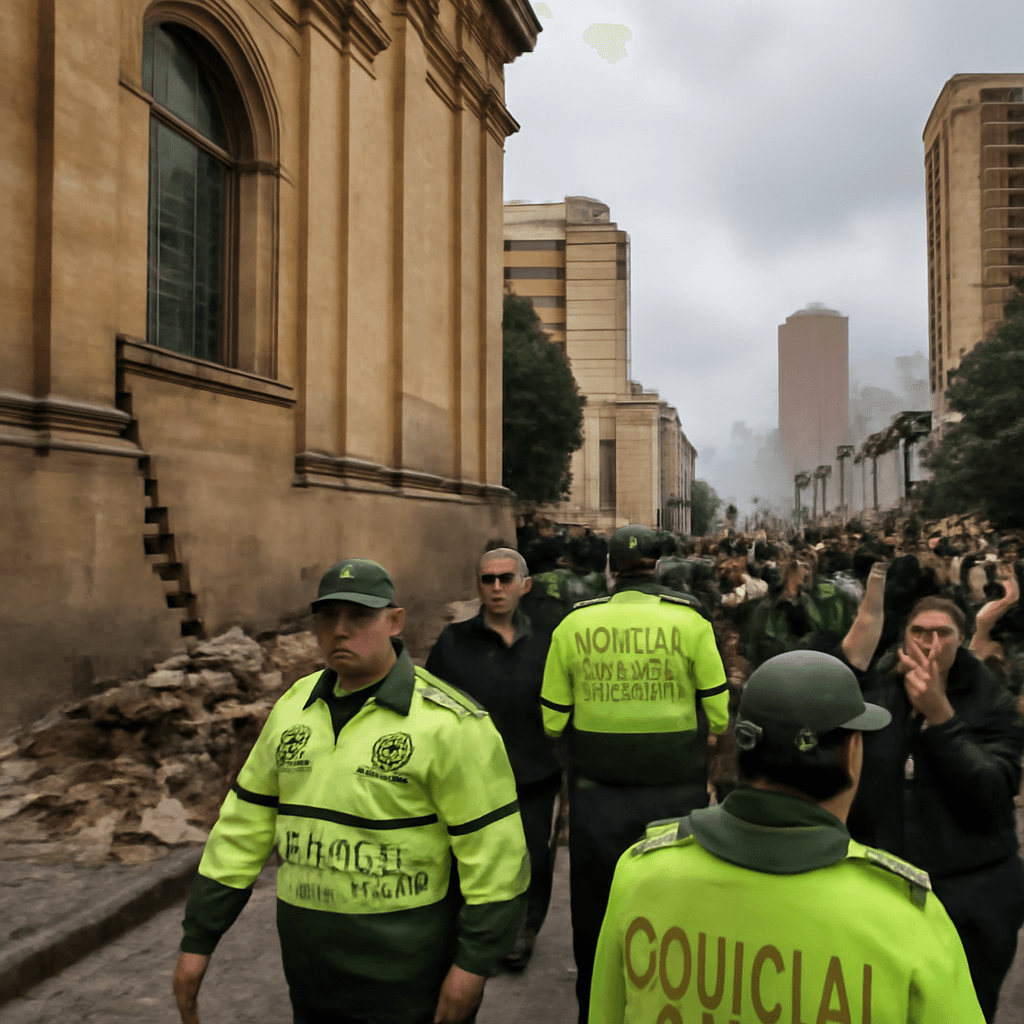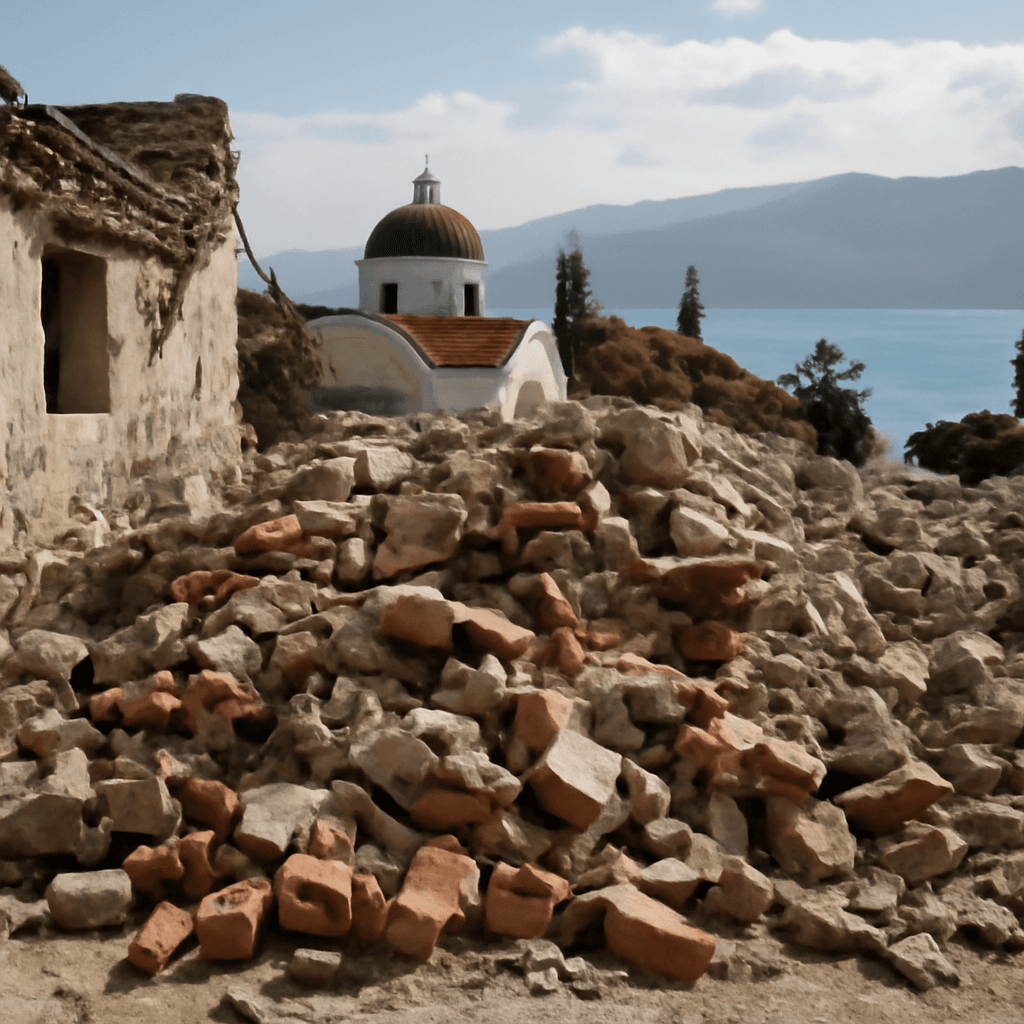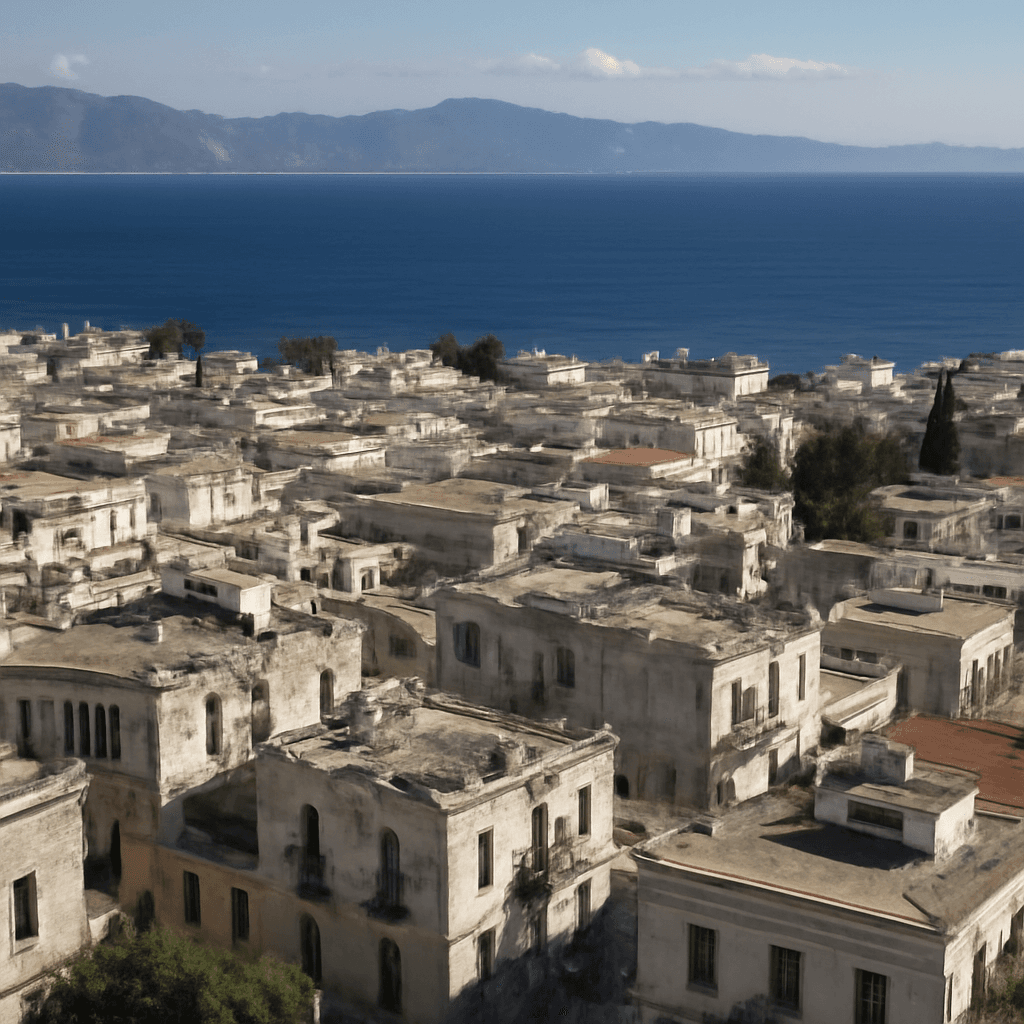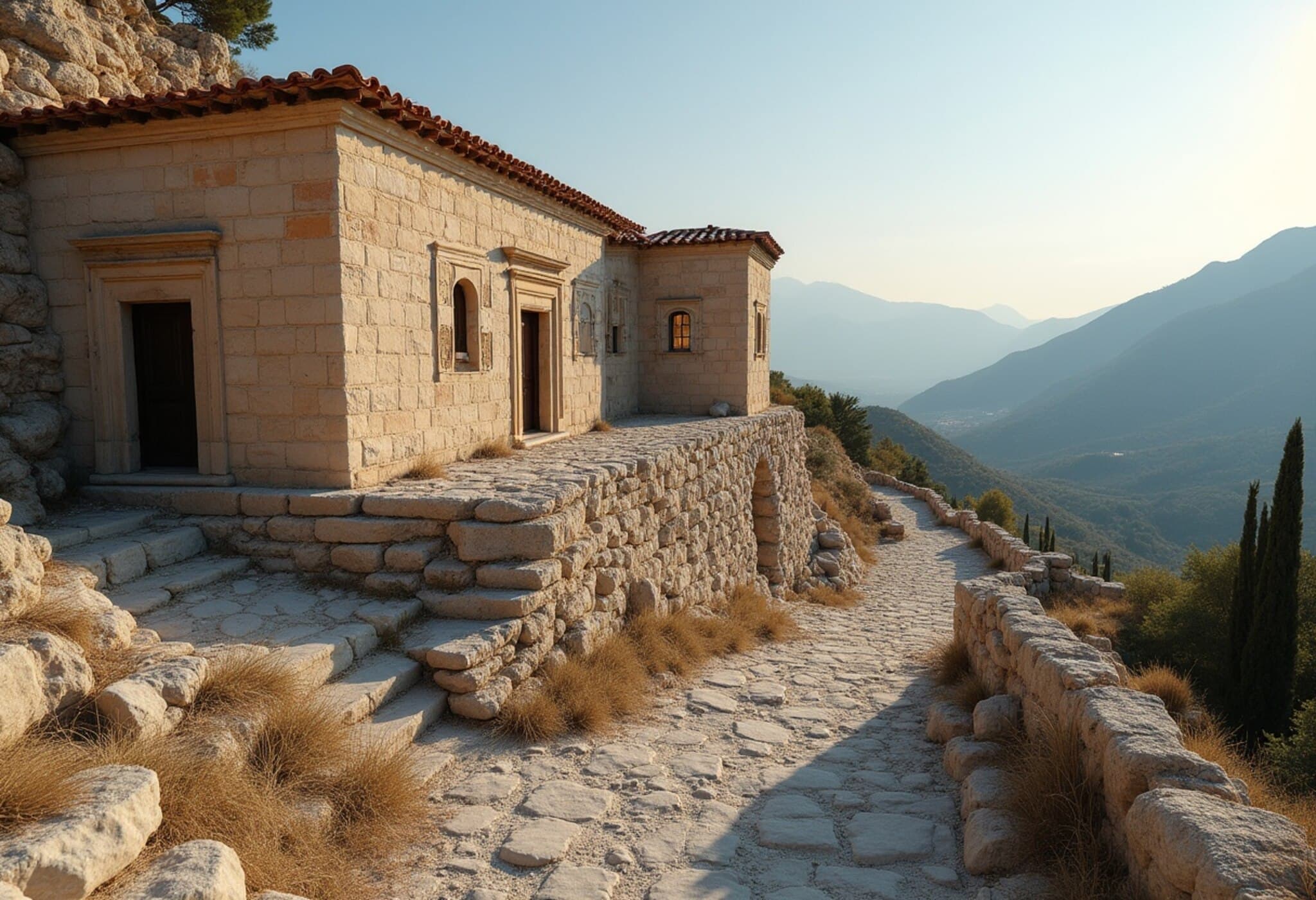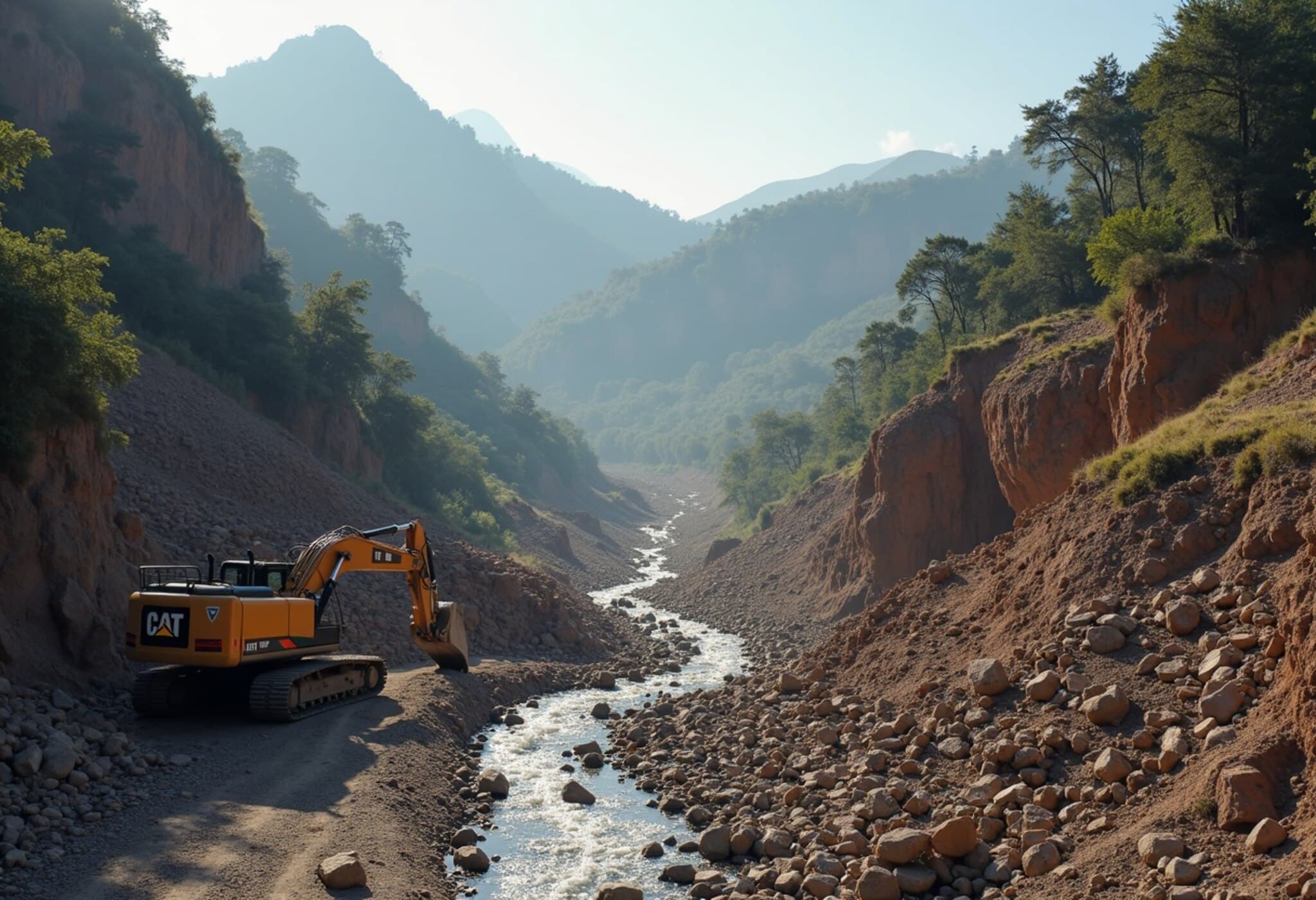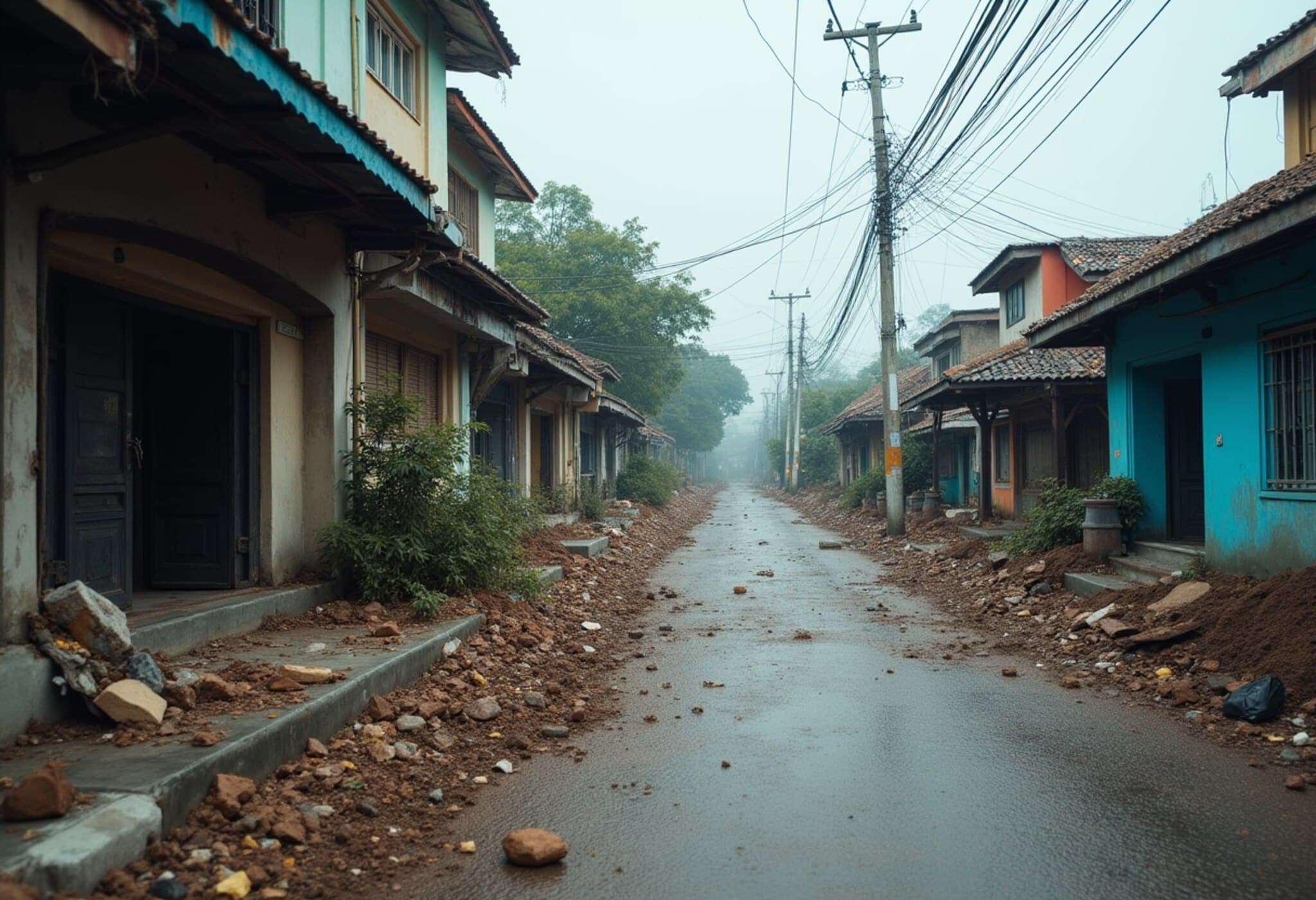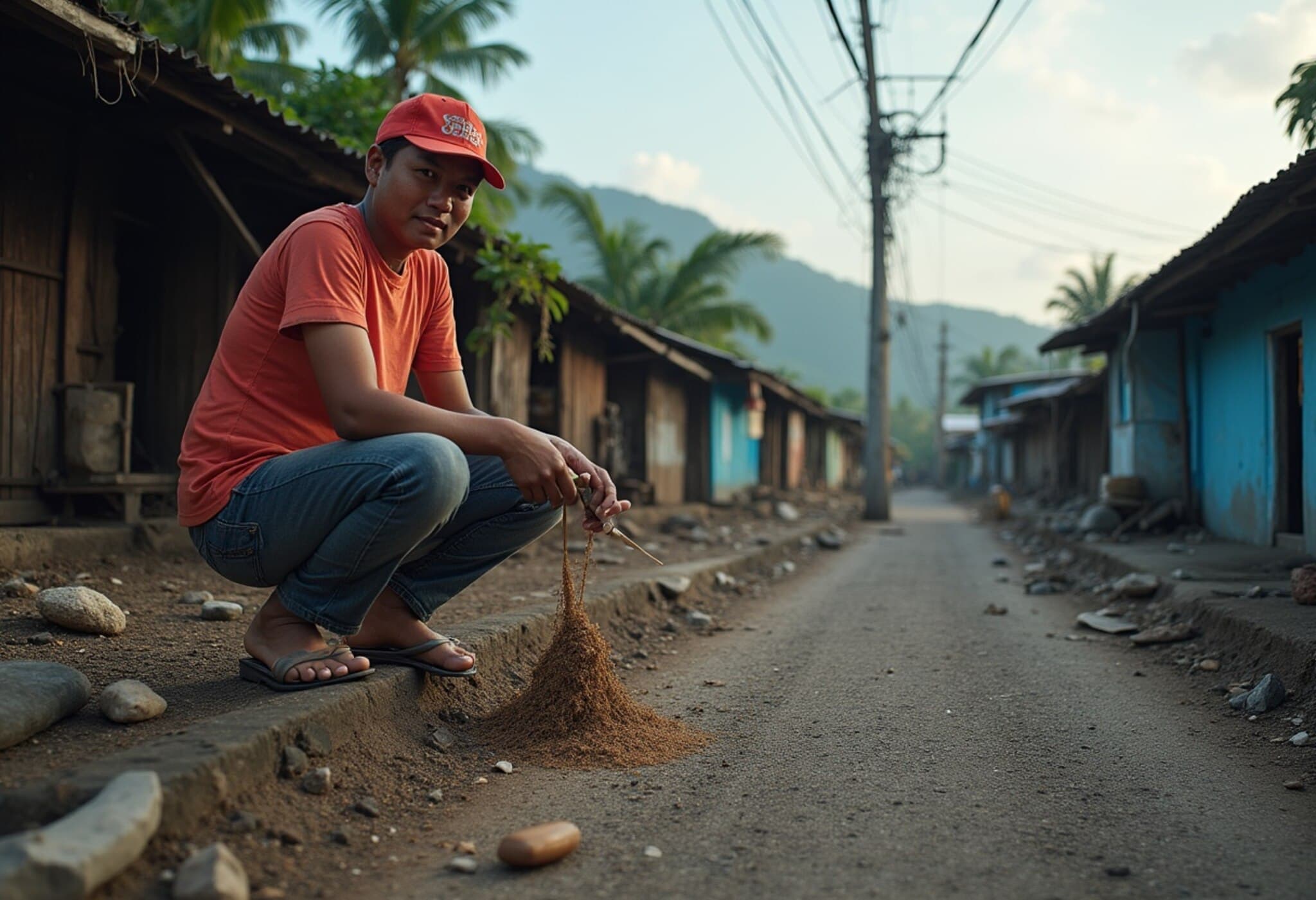Magnitude 5.7 Earthquake Shakes Oaxaca, Mexico
On Saturday, a magnitude 5.7 earthquake rattled the southern Mexican state of Oaxaca, according to the German Research Center for Geosciences (GFZ). The seismic event struck at a relatively shallow depth of 10 kilometers (6.2 miles), raising concerns for potential damage and aftershocks in the region.
Understanding the Earthquake's Context
Oaxaca lies in a geologically active zone where the Cocos plate subducts beneath the North American plate, making it especially prone to frequent seismic activity. This tectonic setting regularly results in moderate to strong earthquakes, reminding residents of Mexico’s vulnerability to natural disasters.
While a 5.7 magnitude quake is considered moderate, its shallow depth amplifies the shaking effects felt on the surface, which can lead to structural challenges, particularly in areas with older or poorly constructed buildings.
Regional Impact and Preparedness
As of now, no significant casualties or extensive damage reports have been confirmed. However, residents expressed concern and took precautionary measures amid moments of anxiety. Local authorities have urged vigilance and readiness for potential aftershocks, which often follow earthquakes of this magnitude.
The Bigger Picture: Mexico’s Seismic Profile and Public Safety
Mexico’s geography places it squarely on the Pacific Ring of Fire, a hotbed of seismic and volcanic activity. The 2017 Oaxaca earthquake, which reached magnitude 8.2, tragically highlighted the risks and underscored the importance of resilient infrastructure and timely emergency response.
Experts emphasize that preparedness is not just about buildings but also community awareness programs, early warning systems, and coordinated disaster response protocols. Mexico has invested significantly in seismic alert technology, which provides citizens critical seconds to seek safety before the shaking starts.
Expert Insight: Balancing Alertness with Normalcy
Seismologists note that while the recent quake is a potent reminder of nature’s unpredictability, it should also reinforce a culture of readiness rather than fear. Dr. Maria López, a seismologist specializing in Central American tectonics, explains, "Each earthquake provides vital data that helps improve our models and alerts strategy. Oaxaca’s event, while unsettling, fits within expected seismic patterns for the region. The key is ensuring communities use these moments to enhance preparedness and resilience."
What Comes Next?
- Monitoring for aftershocks, which can persist for days or weeks
- Assessing infrastructure for damage, especially in vulnerable communities
- Reviewing and reinforcing earthquake preparedness plans locally and nationally
Residents and officials alike face the continuing challenge of living with the realities of seismic threats—a balance of respect for the earth’s power and practical preparedness to protect lives and livelihoods.
Editor’s Note
This 5.7 magnitude earthquake in Oaxaca reiterates the ever-present seismic risks in Mexico’s southern region. While immediate damage appears limited, the event underscores the critical importance of sustained investment in earthquake preparedness—from early warning systems to community education. As urban development accelerates, ensuring that infrastructure can withstand such inevitable natural events remains paramount not only for Oaxaca but for all regions along the Pacific Ring of Fire. Readers are encouraged to stay informed about local safety measures and the evolving science behind earthquake prediction and response.

